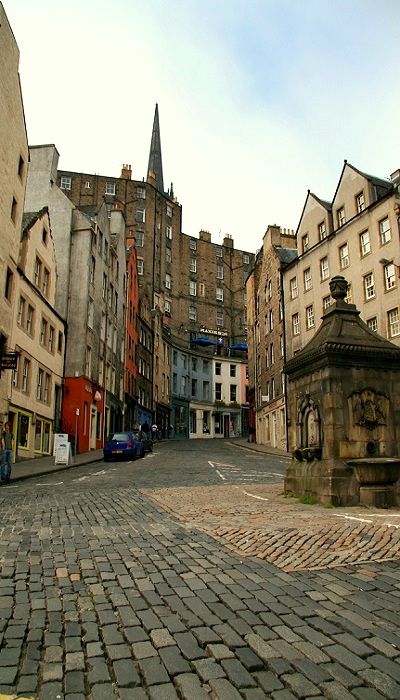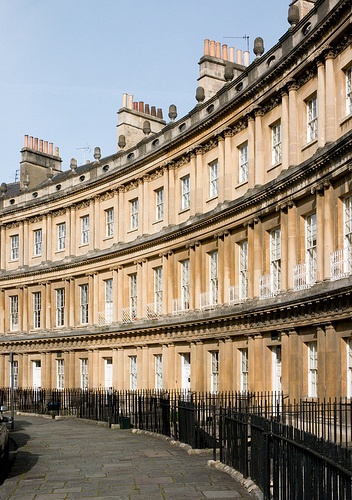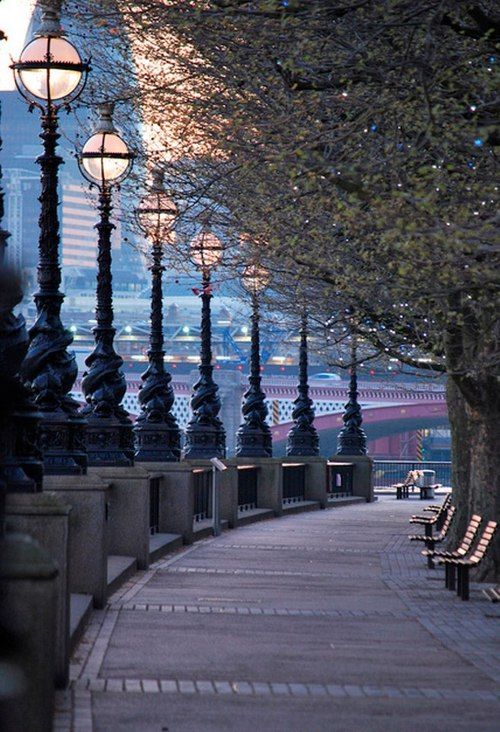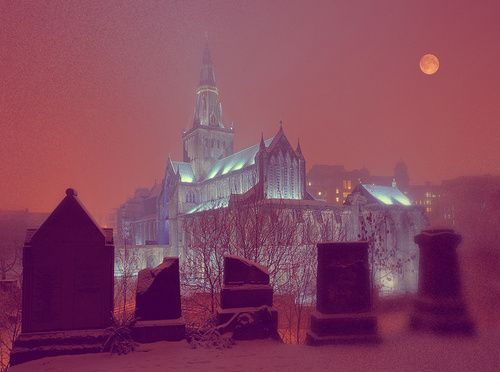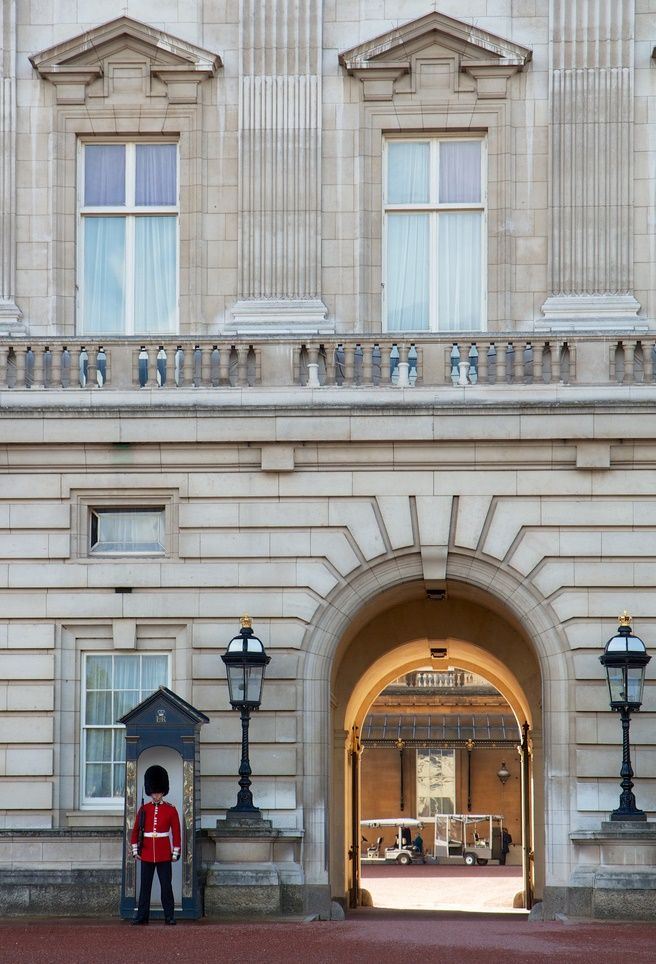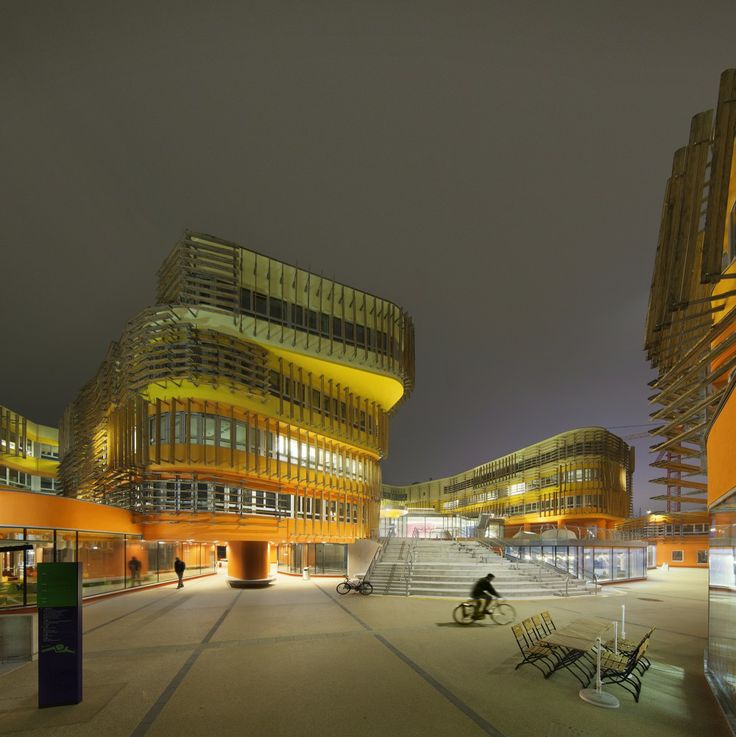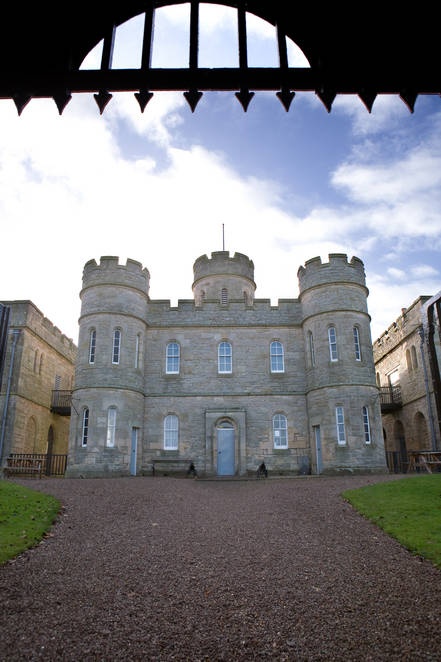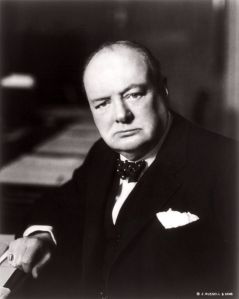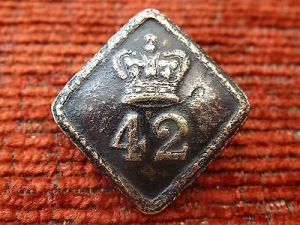ESPAÑOL – INGLÉS
PALABRA Ó FRASE Nº 187
‘LANDSCAPE’ nombre PAISAJE
‘LANE’ nombre
1 ‘CAMINO’: a country lane, un camino en el campo.
2 ‘CARRIL’: the motorway has three lanes, la autopista tiene tres carriles.
Divisiones administrativas
Las divisiones históricas de Escocia son muy variadas, e incluyen los condados, ducados, burghs (ciudades independientes con representación en el Parlamento de Escocia) y parroquias. En 1975 se puso en funcionamiento una división en regiones y distritos que sin embargo fue abolida en 1996. Desde entonces, a efectos administrativos Escocia está dividida en 32 council areas o “concejos”,23 administradas por una autoridad unitaria responsable de todos los servicios locales. Los Community councils (“concejos comunitarios”), por su parte, son organizaciones informales que representan a determinadas subdivisiones dentro del concejo.
Existen otras subdivisiones distintas de Escocia para distintos fines. Así, hasta el 1 de abril de 2013, los sistemas de bomberos y de policía todavía se basaban en la división en regiones introducida en 1975. Para el sistema sanitario, para los distritos postales así como para otras organizaciones gubernamentales y no gubernamentales, se mantienen subdivisiones geográficas diversas de larga tradición.
El estatus de “ciudad” en Reino Unido viene determinado por una patente real.24 Hay seis ciudades en Escocia: Aberdeen, Dundee, Edimburgo, Glasgow y, más recientemente, Inverness y Stirling.25
Derecho
Las leyes escocesas se basan en el Derecho romano,26 combinando elementos tanto del Derecho civil (que puede rastrearse hasta el Corpus Iuris Civilis latino), y del Derecho anglosajón, con origen en la Edad Media. El tratado de unión con Inglaterra de 1707 garantizaba la continuidad de dos sistemas legales distintos en Escocia, y en Inglaterra y Gales.27 Antes de 1611, existía una gran diversidad de leyes regionales en Escocia, entre las que destacaba la “Ley Udal”, vigente en las Órcadas y en las islas Shetland, y que se derivaba del antiguo sistema legal noruego. Otros sistemas legales se derivaban, en cambio, de las leyes celtas o de las leyes de Brehon, y permanecieron vigentes hasta el siglo XIX.28 29 El Derecho escocés tiene, por otra parte, una peculiaridad que lo hace único, al incluir un tercer veredicto posible además de “inocente” o “culpable”: el de “no probado”.30 31
La ley escocesa establece tres tipos de tribunales responsables de administrar justicia: tribunales civiles, criminales y heráldicos. El máximo ámbito de administración de justicia civil es el Court of Session, aunque pueden realizarse apelaciones civiles a la Cámara de los Lores del Reino Unido. El High Court of Justiciary, por su parte, es el máximo tribunal penal. Ambos se encuentran situados en la Parliament House, antigua ubicación del Parlamento de Escocia. La principal instancia civil y penal sin embargo son los sheriff courts: hay 49 sheriff courts activos en Escocia.32 Los Tribunales de Distrito fueron creados en 1975 para ofensas menores. Por último, el Court of the Lord Lyon regula el derecho heráldico.
Fuente: http://es.wikipedia.org
==================================EN INGLÉS=================================
Administrative divisions
Scottish historical divisions are varied, and include counties , duchies , burghs (independent cities represented in the Scottish Parliament ) and parishes . In 1975 was put into operation a division in regions and districts was however abolished in 1996 . Since then, for administrative purposes Scotland is divided into 32 council areas or “councils”, administered by a unitary authority responsible for all local services. The Community councils (“community councils”), meanwhile, are informal organizations that represent specific sub-divisions within the council.
There are other various subdivisions of Scotland for different purposes. So, until April 1, 2013, systems of firefighters and police are still based on the division into regions introduced in 1975 . For the health system for postal districts as well as other governmental and non-governmental organizations, various geographical subdivisions remain long tradition.
The status of “city” in United Kingdom is determined by letters patent . There are six cities in Scotland: Aberdeen, Dundee , Edinburgh , Glasgow and, most recently Inverness , and Stirling .
Law
Scottish law is based on Roman law , combining elements of both civil law (which can be traced back to the Corpus Juris Civilis Latin), and the common law , originating in the Middle Ages . The Treaty of Union with England in 1707 guaranteed the continuity of two different legal systems in Scotland and in England and Wales. Before 1611 , there was great diversity of regional laws in Scotland, including most notably the “Udal Law “force in the Orkney and the Shetland Islands , and is derived from the ancient legal system Norwegian . Other legal systems are derived, however, laws Celts or the Brehon laws , and remained in force until the nineteenth century . The Scottish law is, moreover, a peculiarity that makes it unique, to include a third possible verdict as well as “innocent” or “guilty.”: the “not proven”
Scots law provides for three types of courts responsible for administering justice court civil , criminal and heraldic . The maximum field of civil administration of justice is the Court of Session, although it can be made appeals to the Civil House of Lords of the United Kingdom . The High Court of Justiciary, for its part, is the supreme criminal court. Both are located in the Parliament House , the former location of the Scottish Parliament . The main civil and criminal court but are sheriff courts : there are 49 active sheriff courts in Scotland. The District Courts were created in 1975 for minor offenses. Finally, the Court of the Lord Lyon regulates heraldry law.
